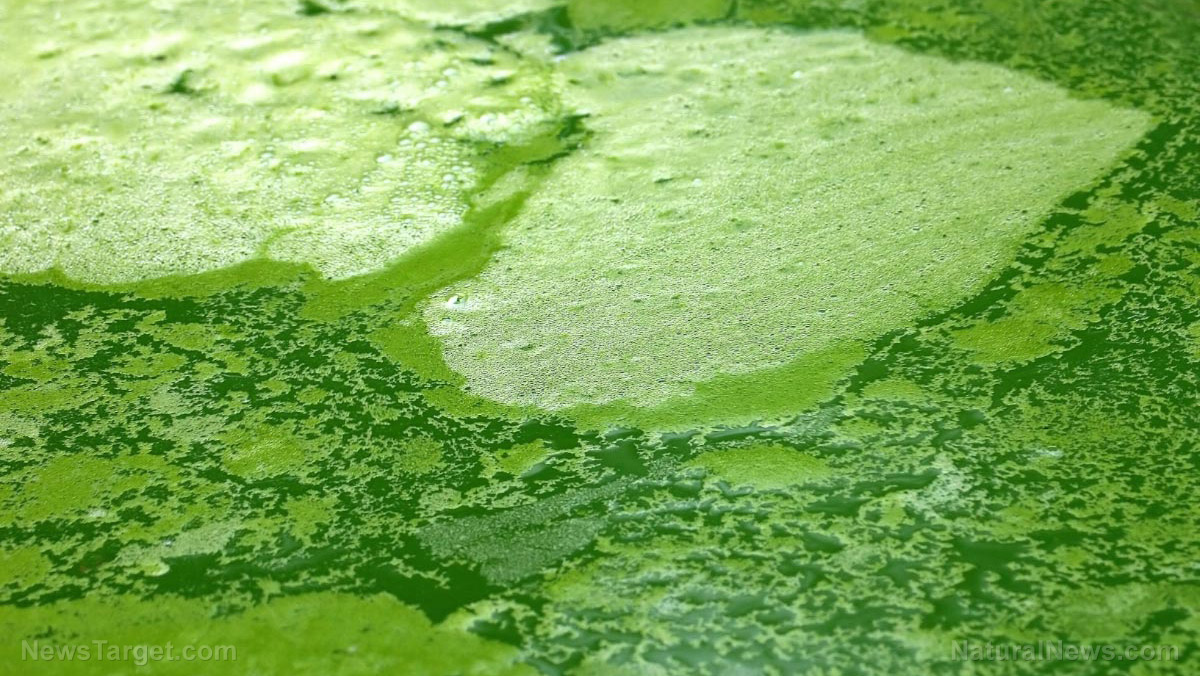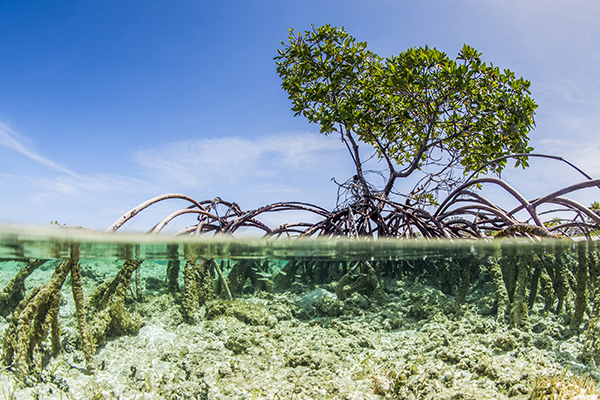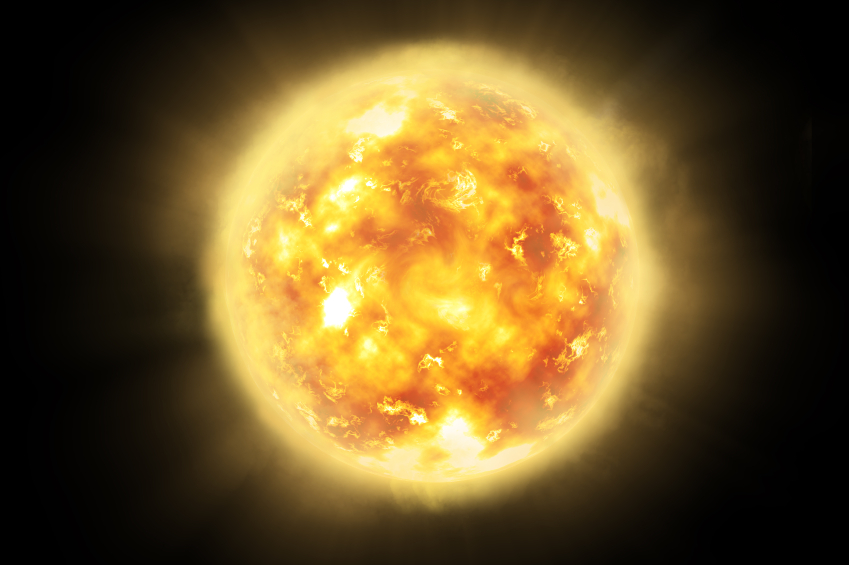Scientists create sponge-like material to soak up phosphate from polluted waters
06/07/2021 / By Divina Ramirez

Researchers from Northwestern University in Illinois have created a sponge-like material capable of removing up to 99 percent of phosphate ions in polluted water.
The “sponge,” technically known as the Phosphate Elimination and Recovery Lightweight (PEARL) membrane, is coated with nanostructures that bind to the phosphate ions. By fine-tuning the pH level of the sponge, the researchers can make it so that the sponge releases the ions. This allows them to use the sponge multiple times.
“We used to reuse phosphate a lot more,” lead author Stephanie Ribet said in a statement. Now, we simply pull more phosphorus out of the ground, use it once and flush it down the drain after use, where it ends up polluting water sources. “So, it’s a pollution problem, a sustainability problem and a circular economy problem,” added Ribet.
Their findings appeared online in Proceedings of the National Academy of Science.
New “sponge” can help clean polluted water
Phosphorus is an essential mineral present in various foods. It also occurs naturally in rocks and other mineral deposits. During the natural process of weathering, rocks gradually release phosphorus as phosphate ions, which are soluble in water.
Phosphates exist in two main forms: organic and inorganic. Orthophosphate, a form of inorganic phosphate, is the phosphate most commonly involved in water treatment situations because they contribute to the eutrophication of a body of water.
Eutrophication refers to the increase in the concentration of plant nutrients, such as phosphorus and nitrogen, in an aquatic ecosystem. This typically sets off a chain reaction in the ecosystem, which begins with an overabundance of algae.
Too much algae depletes oxygen levels in the water and keeps sunlight from reaching underwater plants. Consequently, the lack of oxygen and sunlight makes it impossible for aquatic life to survive.
In some cases, algal blooms can also produce toxic chemicals. This is called a harmful algal bloom. It can occur in lakes, reservoirs, rivers, ponds and coastal waters. The chemicals they produce can be harmful to both aquatic life and humans. Harmful algal blooms are the result of cyanobacteria or blue-green algae.
It’s important to prevent algal blooms because they can contaminate drinking water sources. In case of a harmful algal bloom, the toxins it produces can also cause illnesses.
Since the mid-1990s, Lake Erie, one of North America’s Great Lakes, has been plagued by nutrient pollution. It provides about 11 million people with drinking water, which is why experts have been trying to clean up nutrient pollution in the lake for decades.
In 2018, the Environmental Protection Agency (EPA) published a white paper that outlined both state and federal efforts to address harmful algal blooms caused by excess phosphate in Lake Erie. Those efforts include implementing watershed management action plans to reduce runoff from farms and implementing green infrastructure practices to reduce stormwater runoff from urban areas.
However, the best methods to remove phosphate from water systems are complex and lengthy. They also don’t recover the phosphate. These methods still generate a great deal of waste in the end as well. As such, innovations like the PEARL membrane could allow scientists to efficiently conduct cleanups of polluted bodies of water, such as Lake Erie, while also reusing the collected phosphate.
Vinayak Dravid, a co-author of the study, is confident that they can easily scale up their innovation such that it remains effective and affordable. The PEARL membrane is basically a “nanoscale solution to a gigaton problem,” said Dravid.
Dravid and his colleagues are also interested to determine whether the PEARL membrane can be used to clean up other known water pollutants, such as heavy metals. (Related: 10 easy ways to detox heavy metals from your body.)
CleanWater.news has more articles about the different methods of cleaning up polluted bodies of water.
Sources include:
Tagged Under: algae, algae bloom, algal bloom, breakthrough, clean water, contaminated water, environ, environment, inventions, phosphate, phosphorus, polluted water, rivers, sponge, toxic water
RECENT NEWS & ARTICLES
Physics.News is a fact-based public education website published by Physics News Features, LLC.
All content copyright © 2018 by Physics News Features, LLC.
Contact Us with Tips or Corrections
All trademarks, registered trademarks and servicemarks mentioned on this site are the property of their respective owners.




















